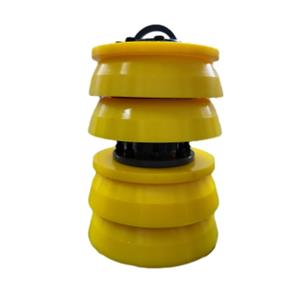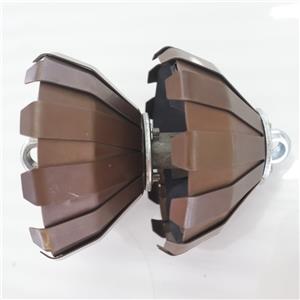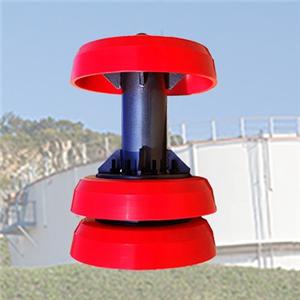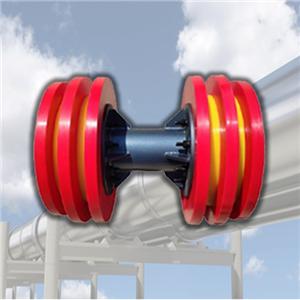PIPELINE OF PIPELINES PIGGING
In pipeline pigging, it is very necessary to understand the classification of pipes. Because only by understanding the performance and material of different pipes. So we can choose the type of pig according to this.
There are many classification methods for pipes. Which has metal pipes, non-metal pipes, and steel-lined non-metal composite pipes according to material classification.
Non-metallic pipes mainly include rubber pipes, plastic pipes, asbestos cement pipes, graphite pipes, glass steel pipes, etc. The use of non-metallic pipes is smaller than that of metal pipes. In most petrochemical plants, metal pipes account for more than 85% of all process pipeline installation projects.
So now, let me introduce you to metal pipes.
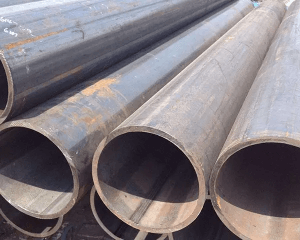
Welded steel pipes, also known as seamed steel pipes, are generally formed by coil welding of steel plates or steel strips.
Classification by surface treatment of pipes:
Firstly, they have galvanized pipes and non-galvanized pipes. The one with the galvanized surface is white, also known as white iron pipe or galvanized steel pipe. The non-galvanized surface is an ordinary welded steel pipe, also known as a black iron pipe.
And then, Galvanized welded steel pipes often work for pipelines that require relatively clean conveying media. Such as domestic water, purified air, instrument air, etc. Non-galvanized welded steel pipes can work for transporting steam, gas, compressed air, condensate, etc.
According to user requirements, welded steel pipes have two types when they leave the factory.:
One is with threaded pipe ends and the other is with unthreaded pipe ends. The length of each pipe is 4 to 9m for welded steel pipes with threaded ends, and the length of each pipe for welded steel pipes without threads is 4 to 12m.
Welded steel pipes are classified according to the thickness of the pipe wall:
Then, it has thin-walled steel pipes, thickened steel pipes, and ordinary steel pipes. The most used steel pipe is the ordinary steel pipe, and its test pressure is 2.0MPa. The test pressure of the thickened steel pipe is 3.0MPa。
There are many connection methods for welded steel pipes:
It includes threaded connection, flange connection, and welding. The flange connection has a threaded flange connection and welded flange connection. Welding methods have gas welding and arc welding。
Specification range of commonly used welded steel pipes:
For the nominal diameter of 6 ~ 150mm.
http://www.emtpipeline.com/product/pig-launcher-and-receiver

